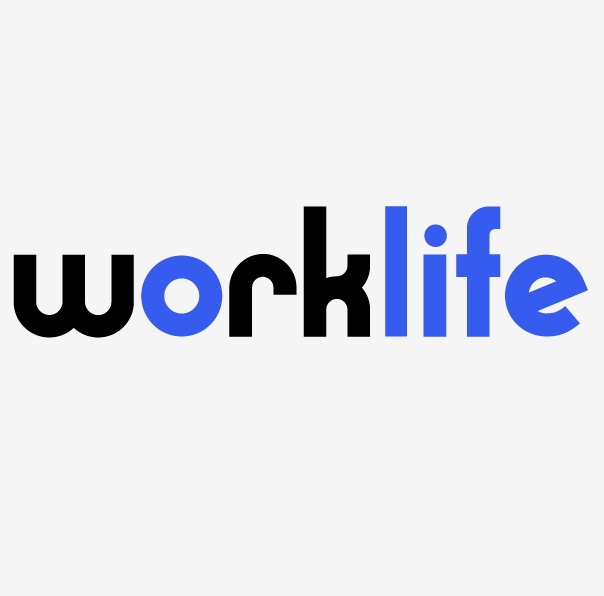There are so many interesting employment law topics to write about this week and this is not among them. You can thank the state legislature for your impending boredom due to its April 12 passage of an earned sick leave law, making the Garden State the tenth nationwide to mandate paid sick days. The good news is that the 13 local laws requiring earned sick leave will be preempted by the state law. The bad news: the state law is broader and more punitive.
The law applies to all employers regardless of size and provides that an employee earns 1 hour of paid sick leave for every 30 worked up to a total of 40 hours in a 12 month benefit year. Under the law, our generous legislature allows employers to set the benefit year as any 12 month period, at its option, front load the sick days and waive accrual to save the administrative headache, and define the increments in which the hours can be used. Employees can use the leave time for the following:
- Their own mental or physical condition, including preventative care, diagnosis, treatment or recovery;
- A family member’s mental or physical condition, including the same as above;
- Their own or a family member’s health or legal issues if a victim of domestic or sexual violence;
- Time off if work or a child’s school is closed by public officials for health reasons;
- To attend school meetings and functions.
Because the law broadly defines “family member” to include anyone “whose close association with the employee is equivalent of a family relationship,” you can tell your “brothers” from the bowling team, “I’ll be there for you if you need me man.” It is not exactly clear how employees will be able to establish proof of those relationships.
Employers can require 7 days’ notice for foreseeable leave and employees must make a “reasonable effort” to schedule time off so as not to “unduly disrupt” operations. Use of earned sick leave though cannot be counted as an “absence” under an attendance policy, the violation of which can result in discipline. Employees have a right to sue for violations of this new law and if successful, will receive 2 times the sick pay to which they were otherwise entitled.
Other relevant features of the law are:
- New employees start to accrue sick leave immediately but have a 120 day wait period before they can use it, if that’s what the employer’s policy provides;
- Employees can carry over up to 40 hours but employers do not have to allow an employee to use more than 40 in a year and have no obligation to pay out upon separation;
- Employers can require documentation for leave of 3 or more consecutive days;
- Employers must post and hand out a notice of rights to each current employee within 30 days of the state’s issuance of the form and then to all new hires;
- New recordkeeping burdens include, all hours worked and all earned sick days accrued and used which must be retained for 5 years.
Every employer will need to decide on the benefit year, whether to use the accrual or front loading method and the increments in which it will allow leave to be used. We must then prepare a policy incorporating those determinations, outlining permissible uses of leave (including the definition of family member), the notice requirements for foreseeable and unforeseeable leave and for providing supporting documentation. Keep in mind that these days may also run concurrently with FMLA time so get ready for even more confusion.
Had enough new regulation in 2018? Strap in, because it looks like we are just getting started.









